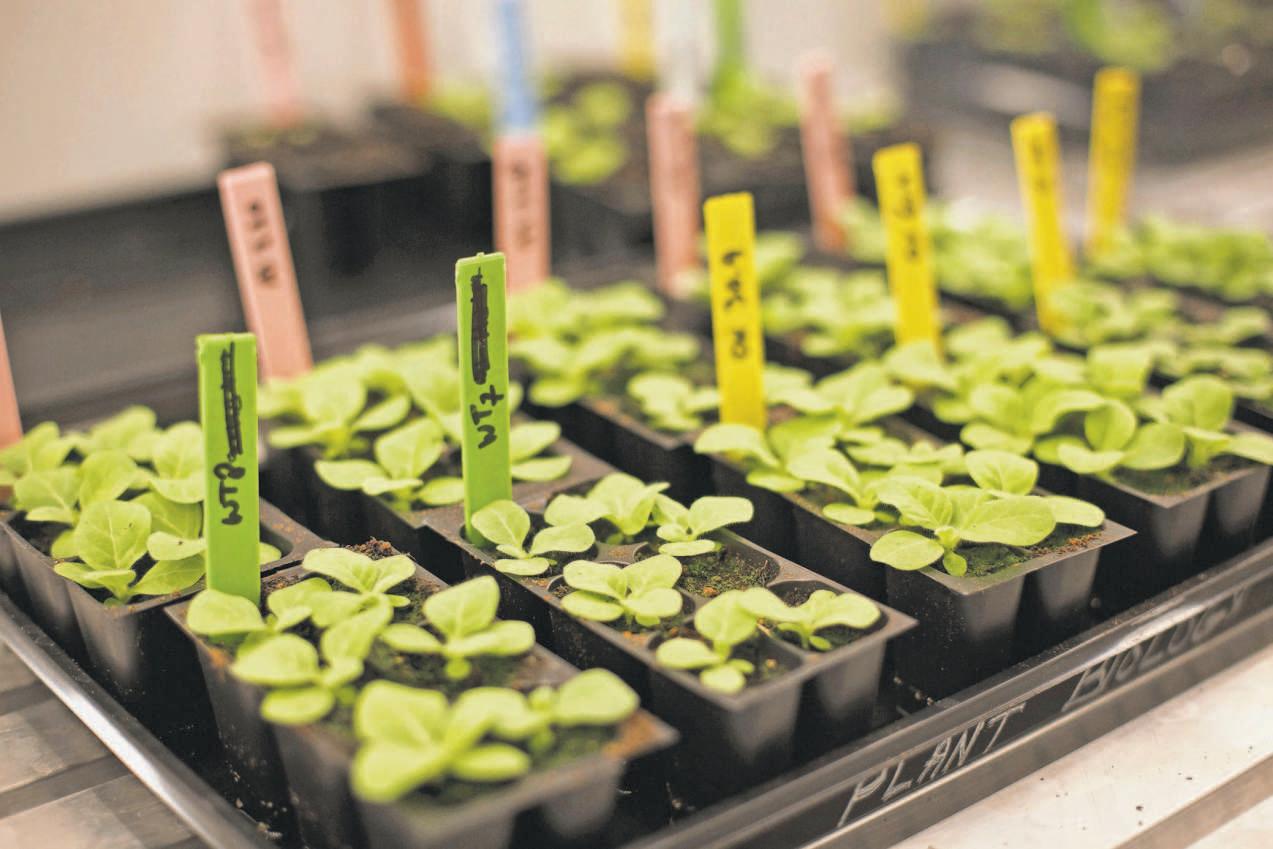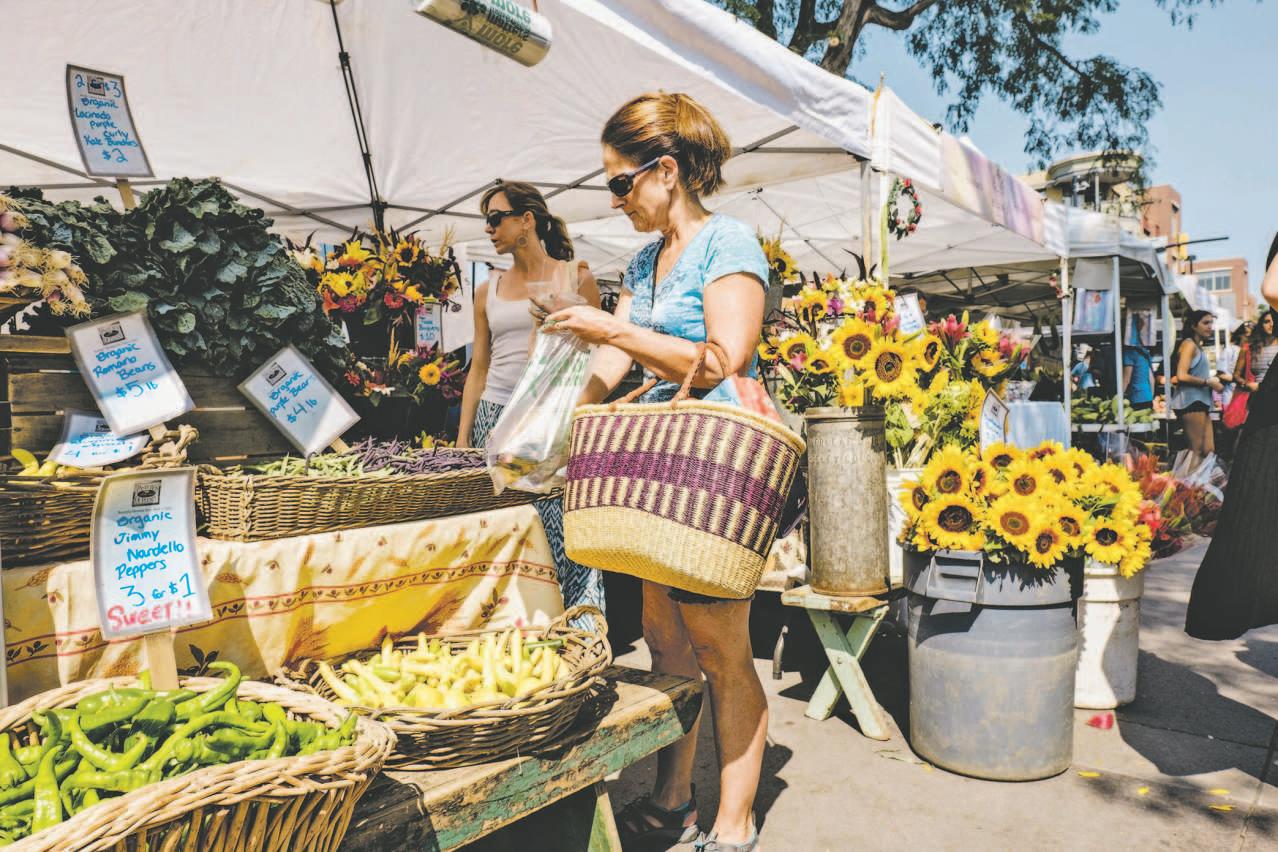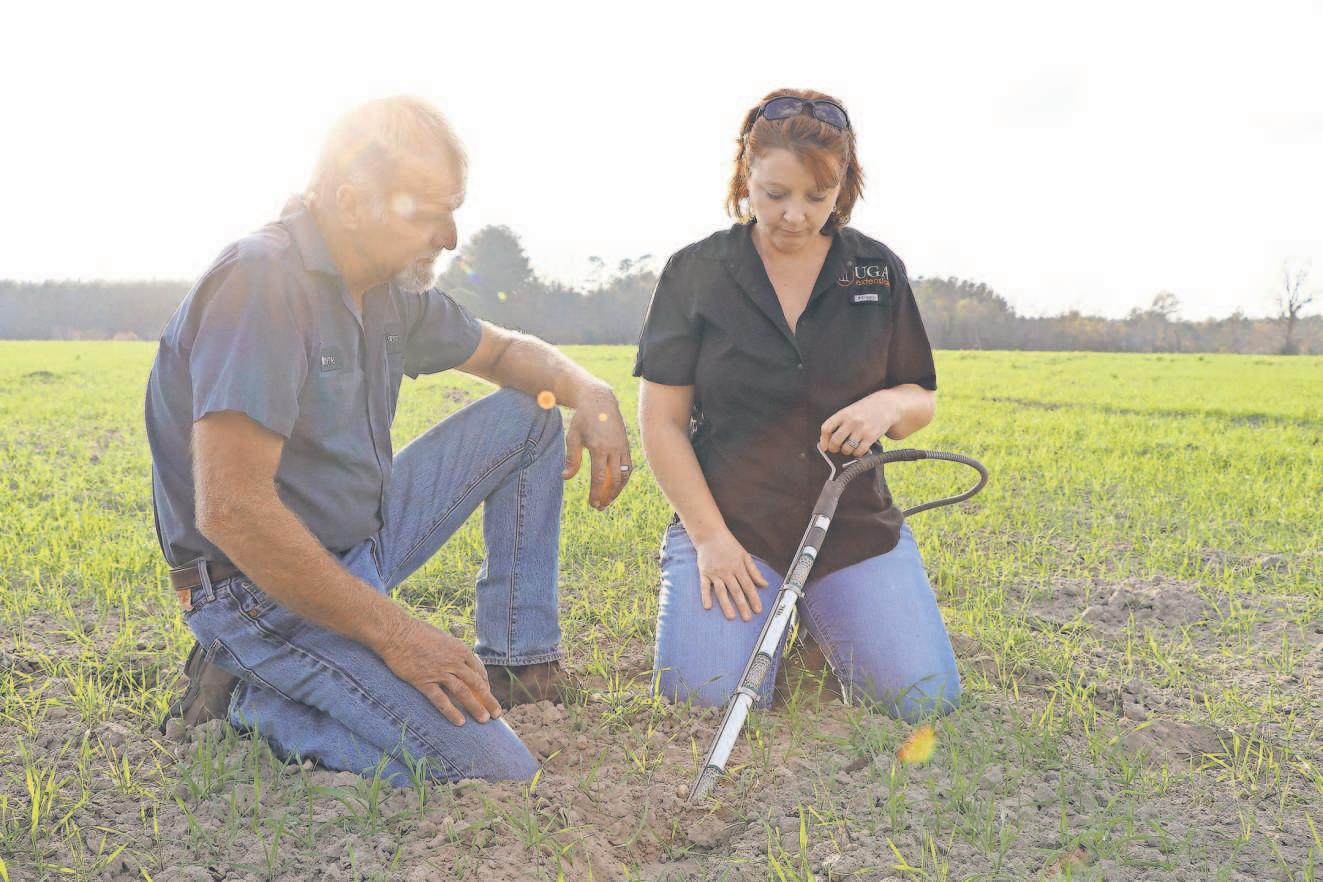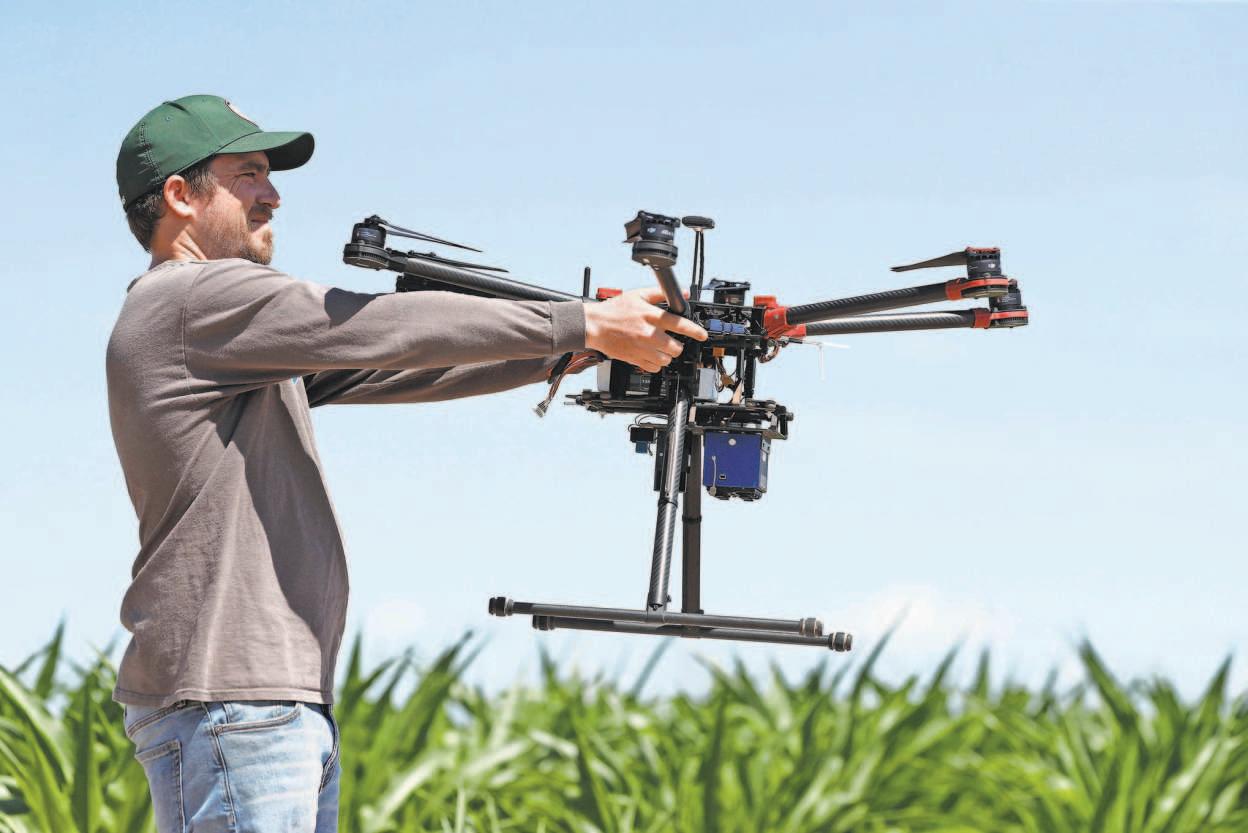84
USA TODAY SPECIAL EDITION
ON THE FARM like corn, wheat, soy and rice, as well as specialty crops like avocados, coffee, cocoa, peaches, berries and wine grapes, just to name a few. “We have very major problems ahead with food supply,” said Stephen Long, endowed chair of crop sciences and plant biology at the University of Illinois. “We probably are going to lose some crops, and others are going to become far less productive.” But don’t mourn your favorite snacks just yet. Scientists like Long already are cultivating solutions to rescue them. One of the most promising lies inside the foods themselves, many of which possess climate-resistant genes that could be exploited to make imperiled crops impervious.
CROPS IN CRISIS Average temperatures in the contiguous United States have been rising since 1901, with an increased rate of warming over the last three decades, according to the U.S. Environmental Protection Agency (EPA). The effect on farming can be dramatic: An increase in temperature of just 1 degree Celsius causes a decrease in crop yields of approximately 3 percent to 8 percent, according to the National Academy of Sciences. “That’s a lot in a world where the population is growing and you actually have to produce more food, not less,” says Hannes Dempewolf, senior scientist and head of global initiatives at the Crop Trust, an international organization with the mission of ensuring crop diversity for global food security. Stressing the food system even further are floods and droughts, both of which are becoming more common in certain vulnerable regions — including parts of the United States. At any given time over the past 20 years, roughly 20 percent to 70 percent of the country has experienced abnormally dry conditions, according to the EPA. Impacts abound. “For example, Montana has been experiencing decreased annual snowpack, which means less consistent water for irrigating commodity and staple crops such as sugar beets, barley and potatoes,” said Nicole Wagner, an assistant professor in the Department of Agricultural Sciences at Texas State University in San Marcos, Texas. “Another example is that a major commodity crop like corn … is threatened in the lower Midwest states due to more frequent heat waves.” The coasts are not immune. In California, for example, eyes are on avocados. “Avocado habitat is likely getting warmer
UNIVERSITY OF ILLINOIS
Many scientists believe the answer to crop security is mapping and manipulating plant DNA.
and dryer, and that will impact both water, but will die if they’re completely disease profiles and fruit yield,” said covered for more than three days,” said Victor A. Albert, professor of biology at Pamela Ronald, a distinguished professor the University at Buffalo in Buffalo, N.Y. in the Department of Plant Pathology “Disease is probably the biggest problem at the University of California, Davis. avocado is facing: Climate “That’s a big problem in change means new India and Bangladesh, “There will never pests might move in that where 4 million tons of avocado varieties ... aren’t rice — enough to feed 30 be one solution, well adapted to.” million people — is lost but genetic On the East Coast, peaevery year to flooding. nuts are in peril. “Peanuts Because of climate strategies are an tend to be grown in sandy change, that flooding soil, which is vulnerable is predicted to increase important tool in to dry conditions,” said in both frequency and the toolbox.” Thomas Sinclair, an intensity.” adjunct professor in the When crops are lost, — Pamela Ronald, Department of Crop and hunger is just the first professor in the Department Soil Sciences at North of many consequences, of Plant Pathology, Carolina State University according to Long, who University of California, Davis in Raleigh. recalls the Arab Spring of While American 2011, a major impetus of agronomists are rightly concerned, which was a wheat shortage that caused stakes are greatest in developing nations. an increase in global grain prices that Consider rice crops in Asia, for example. pinched vulnerable people in Islamic “Most rice varieties grow well in standing countries like Tunisia, Libya and Egypt.
“If wheat prices tripled, it wouldn’t have a big effect for most people in the United States,” Long said. “But in the poorest countries in the world, it could be a catastrophe that leads to civil unrest and mass migration.”
SOWING STRONGER GENES At home and abroad, the road to crop security is paved in DNA. “There will never be one solution, but genetic strategies are an important tool in the toolbox,” suggested Ronald, who said genetic solutions are attractive because they don’t require farmers to change their practices; all they have to do is sow new seeds. Scientists have been deploying genetic strategies for more than 100 years in the form of conventional plant breeding, wherein plants with desirable characteristics are isolated, then crosspollinated to produce new varieties that possess their progenitors’ best traits. CONTI NUED














